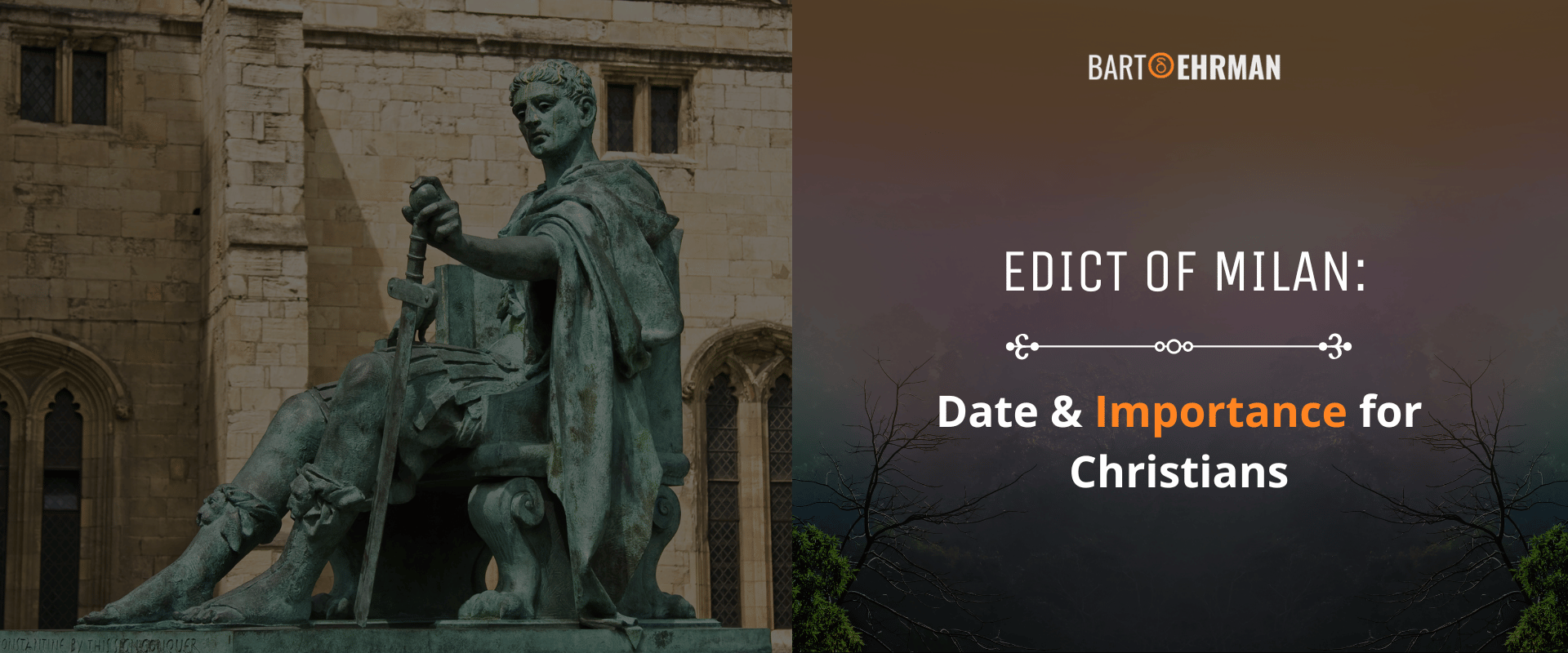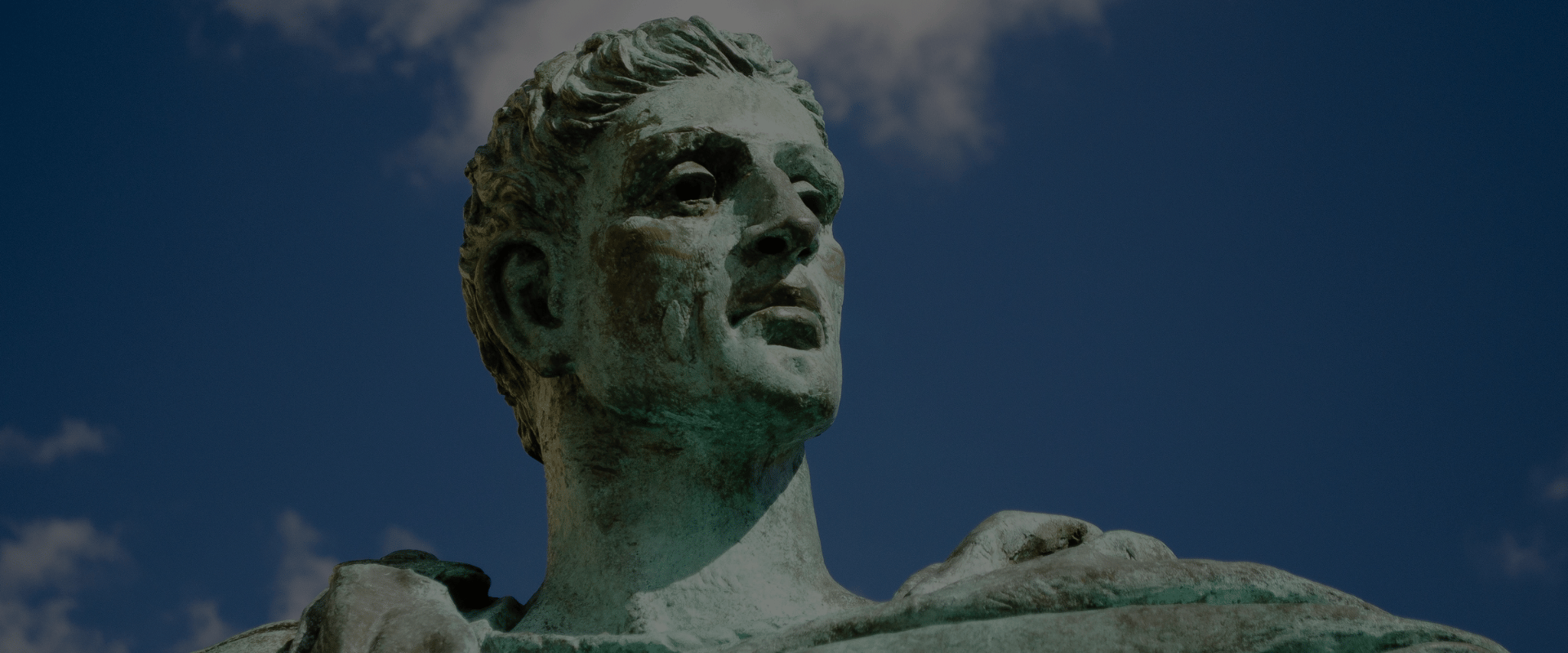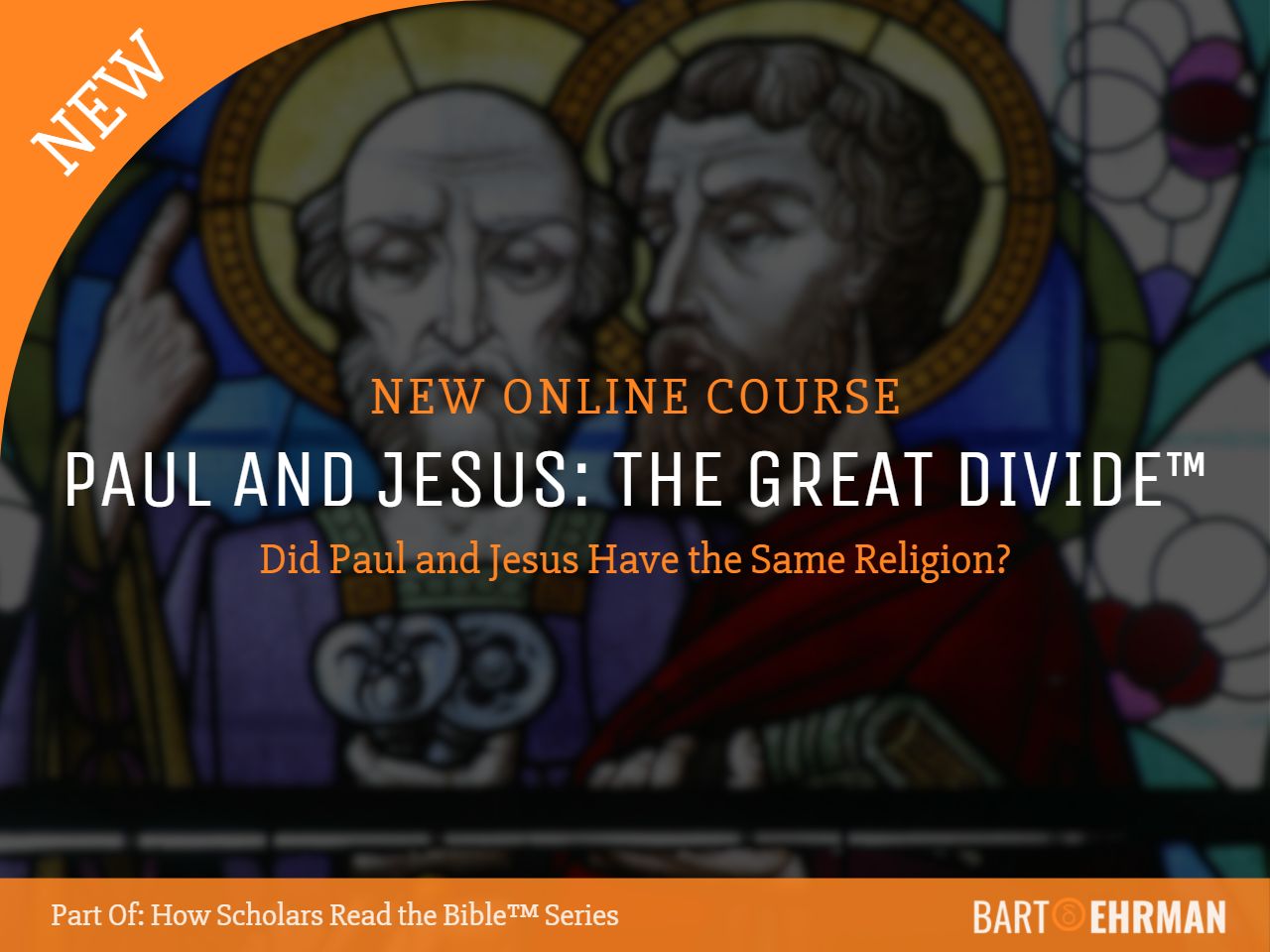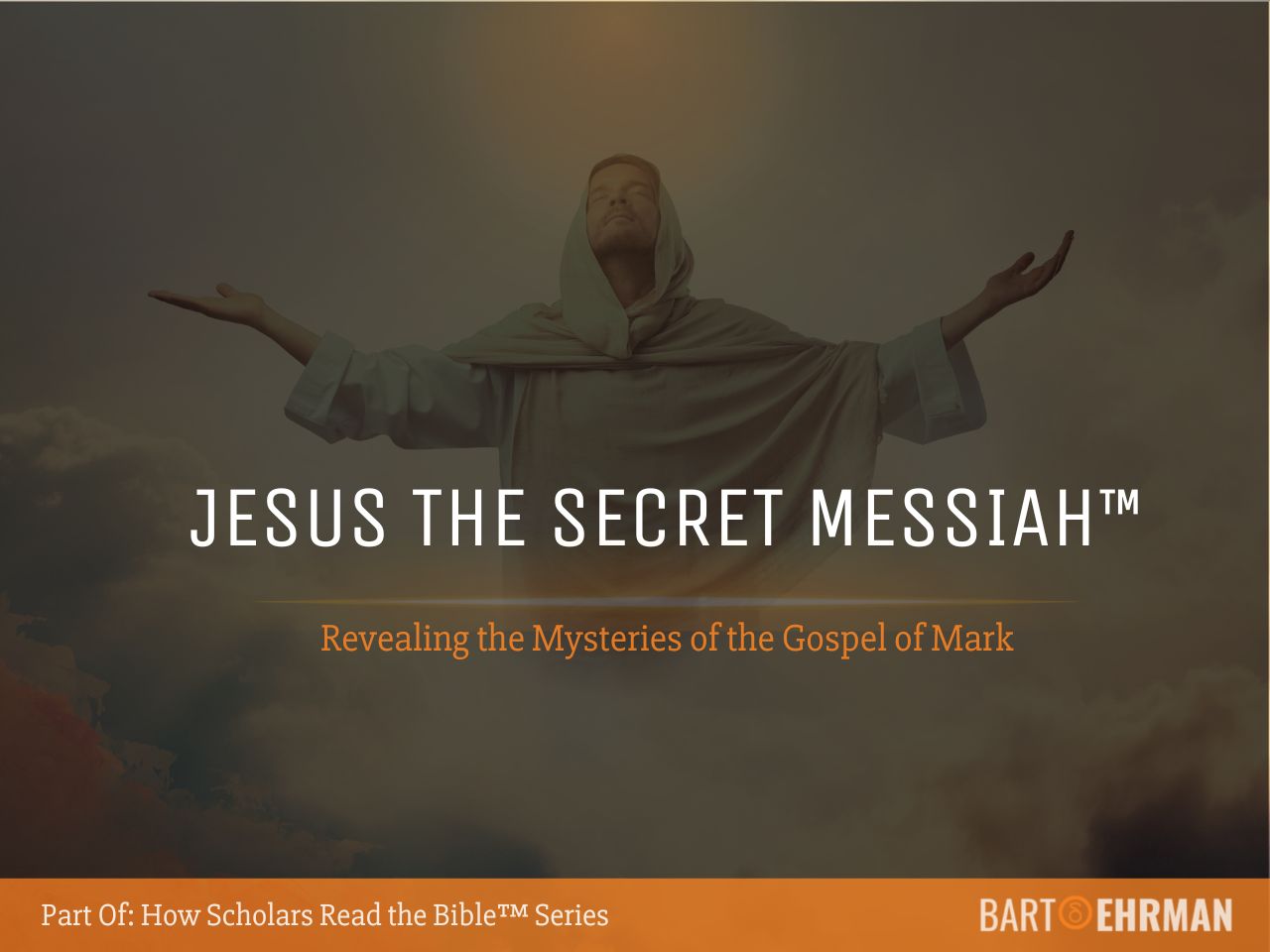Edict of Milan: Date & Importance for Christians

Written by Joshua Schachterle, Ph.D
Author | Professor | Scholar
Author | Professor | BE Contributor
Verified! See our editorial guidelines
Verified! See our guidelines
Edited by Laura Robinson, Ph.D.
Date written: October 31st, 2024
Disclaimer: The views and opinions expressed in this article belong to the author and do not necessarily match my own. - Dr. Bart D. Ehrman
In 313 CE, a pivotal moment in both Christian and Roman history occurred when the Edict of Milan, a proclamation that fundamentally changed the landscape of religious freedom within the Roman Empire, was issued.
In this article, I’ll give an Edict of Milan definition and explain its context, significance, and lasting effects. I’ll look specifically at the ways in which it not only transformed the status of Christianity but set the stage for the interweaving of church and state, defining much of European history in the centuries to come.

Background of the Edict of Milan
During the reign of the emperor Diocletian, who lived from 242/245-311/312 CE, the Roman Empire was split into several parts. An officer in the Roman army named Flavius Constantius became a co-emperor in charge of one part of the empire, specifically Britain, Spain, and Gaul (modern-day France). His son, Constantine, would later inherit this part of the empire from his father.
However, during his tenure, another co-emperor, Maxentius, expressed the desire to control Constantine’s regions. Thus began a civil war, preemptively initiated, in fact, by Constantine himself, who attacked Maxentius.
This later culminated in a final battle at the Milvian Bridge in northern Rome in 312 CE. In this battle, Constantine defeated Maxentius, leading eventually to his becoming sole emperor of Rome. However, according to Christian author Lactantius, the night before the battle, Constantine was told in a dream to place a sign, specifically the first two letters in the Greek word for Christ (Christos) on the shields of his soldiers. He did so, and won the battle. Attributing this success to the Christian God, he promptly converted to Christianity.
At this point, Constantine was still co-emperor and in charge of the Western empire, while a man named Licinius ruled the Eastern empire. In 313 CE, the two emperors met for a summit in the city of Milan. In his book The Emperor Constantine, Hans Pohlsander writes that Constantine formed an official alliance with Licinius in Milan by giving his sister to him in marriage.
(Affiliate Disclaimer: We may earn commissions on products you purchase through this page at no additional cost to you. Thank you for supporting our site!)
Having secured this alliance, the two then agreed on a common religious policy. Diocletian and his co-emperors, including Constantine’s father, had instituted the most severe persecution of Christians to date in 303 CE, taking away their legal rights and demanding that they sacrifice to the traditional gods on behalf of the empire. However, Constantine and Licinius, who was not a Christian, decided to end this policy.
It should be noted, by the way, that another co-emperor named Galerius had, in 311 CE, issued an Edict of Toleration. It allowed Christians to freely practice their religion, at least in the provinces he controlled. The Edict of Milan would build on this.
What Is the Edict of Milan? Definition and History
An edict is an authorized proclamation with all the legitimacy of a law. Pohlsander says that the Edict of Milan, by that definition, was not an official edict, although it did outline a new policy. It only became known as the Edict of Milan retroactively, when mentioned in writings by 16th century historians.
In fact, we only have the text of the so-called edict preserved in the writings of Christian authors Lactantius and Eusebius. Lactantius says that the text was included in a letter from the non-Christian Licinius to the governor of a province called Bithynia. It begins like this:
When we, Constantine and Licinius, emperors, had an interview at Milan, and conferred together with respect to the good and security of the commonweal, it seemed to us that, amongst those things that are profitable to mankind in general, the reverence paid to the Divinity merited our first and chief attention, and that it was proper that the Christians and all others should have liberty to follow that mode of religion which to each of them appeared best; so that that God, who is seated in heaven, might be benign and propitious to us, and to every one under our government.
While many believe that this policy actually made Christianity the official religion of the empire, the text clarifies how this was not the case. Instead, it allowed Christians and everyone else to practice whatever religions they wanted for the good of the empire. In other words, it noted that since there were so many deities, praying to as many of them as possible, including the Christian God, on the empire’s behalf could only bring benefits.
In addition, the edict recognized that a lot of property, including buildings, had been confiscated from Christians in earlier persecutions and ordered it returned to them:
All those places are, by your intervention, to be immediately restored to the Christians. And because it appears that, besides the places appropriated to religious worship, the Christians did possess other places, which belonged not to individuals, but to their society in general, that is, to their churches, we comprehend all such within the regulation aforesaid, and we will that you cause them all to be restored to the society or churches, and that without hesitation or controversy.
This was a huge gesture and certainly made the subsequent growth of Christianity possible. It’s impossible to imagine, for instance, that Christianity could have later become the de facto religion of the empire without the provisions of this decree occurring first. It also validated Christianity, still seen by many as an upstart religion among more venerable ancient traditions, in a way that had never been done by the Roman government.
Was the Edict of Milan Religious or Political?
Historians have long debated whether Constantine’s conversion to Christianity was sincere or merely an attempt to curry favor with the growing population of Christians in the empire. Accordingly, many have questioned whether the Edict of Milan was an initial gesture of faith by a Christian emperor as it seems to be, or a cynical political strategy.
In her book The Christians and the Roman Empire, for instance, Marta Sordi asserts that the edict was just Constantine's first step in creating an expedient pact with the Christian God, whom he believed to be the strongest deity. If so, converting to Christianity and issuing the Edict of Milan may have been an attempt to strengthen his rule rather than to help Christianity itself.
Similarly, Yuri Koszarycz says that while Constantine did believe in the Christian God, he also believed in the existence of the non-Christian gods and made sure the edict emphasized toleration of all religious forms to gain the help of all deities.
However, whether Constantine’s motives were pure, the edict was the first of several actions he took which both preserved Christianity and allowed it to thrive in the future as an officially tolerated religion of the empire.

Impact of the Edict of Milan
While the Edict of Milan undoubtedly benefited Christians at the time, ending official persecutions and restoring property to those from whom it had been confiscated, George Weigal writes that there was a dark side to it as it “marked the beginning [of] the Christian Church’s deep entanglement with state power.” While Constantine did not make Christianity the official religion of the empire or outlaw other religions, his involvement would later lead to a narrowing of Christian thought, effectively marginalizing and eventually even persecuting many differing forms of Christianity.
According to A History of the Popes: From Peter to the Present by John O’Malley, one of the first developments after the issuance of the edict was that Constantine granted the palace of his wife Fausta to the current pope, Miltiades. The papal residence and seat of central Church administration, called the Lateran Palace, would be constructed on this site.
While the Edict of Milan was indeed an act of toleration in 313 AD, by 325 AD, Constantine would decide that there was such a thing as too much tolerance, even within Christianity. It was this year that he convened the Council of Nicaea, effectively a senate-like meeting of Christian bishops meant to form a consensus on Christian theological issues.
This imperial intervention was designed to standardize Christian belief and practice and define the form of the religion the empire would later officially endorse. In fact, the council’s consensus views would define orthodox Christianity for centuries, such that later Christian bishops, aligned with the empire, would call anything outside its confines heretical.
In addition, the edict began a long turning of the tables on religions other than Christianity. Despite the tolerance evidenced in the edict, Constantine almost immediately began to favor Christianity over other options. For example, in Jerusalem, named Aelia Capitolina by Rome after its conquest, Constantine had a pagan temple destroyed to build a Christian church on the site.
In addition, non-Christians were subjected to harsh and bigoted imperial laws intended to keep sacrifice and magic in check by closing any temples that continued to use them. In The Archaeology of Late Antique "Paganism," Beatrice Caseau notes that the teachers of non-Christian religions, including philosophers, were banned and their permission to teach revoked. In effect, while the Edict of Milan made the thriving of Christianity possible, it also initiated a persecution of non-Christian religions which would gradually worsen as the empire became more and more Christian.
Conclusion
With Constantine, the first emperor to convert to Christianity, a new statement of religious tolerance, co-authored by his non-Christian co-emperor Licinius, ushered in an entirely new era.
The statement itself, as written in a letter to a provincial governor, made three broad provisions. First, it said that all religions were legal in the Roman Empire. Next, it restored legal rights to Christians from whom they had been stripped. Finally, it restored property to those Christians from whom it had been confiscated during the persecutions of previous emperors.
It was a bold move, likely both religious and political, in that it convinced Christian subjects to support Constantine and Licinius’ joint empire. From a Christian perspective, it was definitely a windfall: not only did they no longer have to fear torture and death for their faith, but they also regained confiscated property, including buildings.
However, there is no doubt that the non-Christian members of the empire were adversely affected by the Edict of Milan and its aftereffects. Constantine destroyed pagan temples to build Christian churches upon their ruins, and various anti-pagan laws were enacted. In effect, this supposed act of toleration resulted in the long-term persecution of non-Christian religions.
The question remains, however: was the freedom and power Christians gained worth the resulting suppression of other forms of religious expression, Christian and otherwise, that the Edict of Milan made possible?


